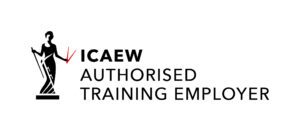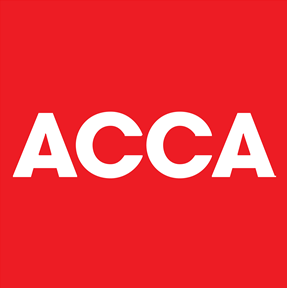There has been some confusion as to how Employment Allowance (EA) is intended to interact with Cornonavirus Job Retention Scheme CJRS.
Employment Allowance (EA) allows eligible employers to reduce their annual National Insurance liability by up to £4,000.
You will pay less employers’ Class 1 National Insurance each time you run your payroll until the £4,000 has gone or the tax year ends, whichever is sooner.
You can only claim against your employers’ Class 1 National Insurance liability, up to a maximum of £4,000 each tax year, but can still claim the allowance if your liability was less that £4,000 a year.HMRC CONFIRMATION AROUND EA AND THE CJRS GRANT:Employers can save their Employment Allowance (EA) to use when the Coronavirus Job Retention Scheme (CJRS) grant ends, HMRC confirmed.
The initial question during the government announcement of the scheme was around what happens when the EA does not cover all the employer’s secondary class 1 NIC liability for the year.
It was made clear that employer should not be claiming for any NIC under the CJRS where employment allowance covers all of the employer’s secondary class 1 NIC liability for the year so that no secondary class 1 NIC is due for the year.
Now, we know employers are able to claim the EA (late) for liabilities which are under £4,000.
It is, however, very important to make sure that EA is not set against the employer’s NIC that has been claimed under the CJRS. Additional care must be taken to ensure that you are not receiving relief for the same NIC liabilities twice.
This is provided that, for the time after the date when the EA claim is made, there is at least £4,000 of secondary class 1 NIC payable.Get in touch with Naail & Co for further advice or click here to book a telephone appointment, for further information on connection between Employment Allowance (EA) and Coronavirus Job Retention Scheme (CJRS).
RELATED BLOGS:Furlough scheme – update & recent changesFurlough Fraud
Subscribe to our newsletter
BUSINESS HOURS
Monday – Friday
- 9:00 am – 5:30 pm
Pages:
Menu








